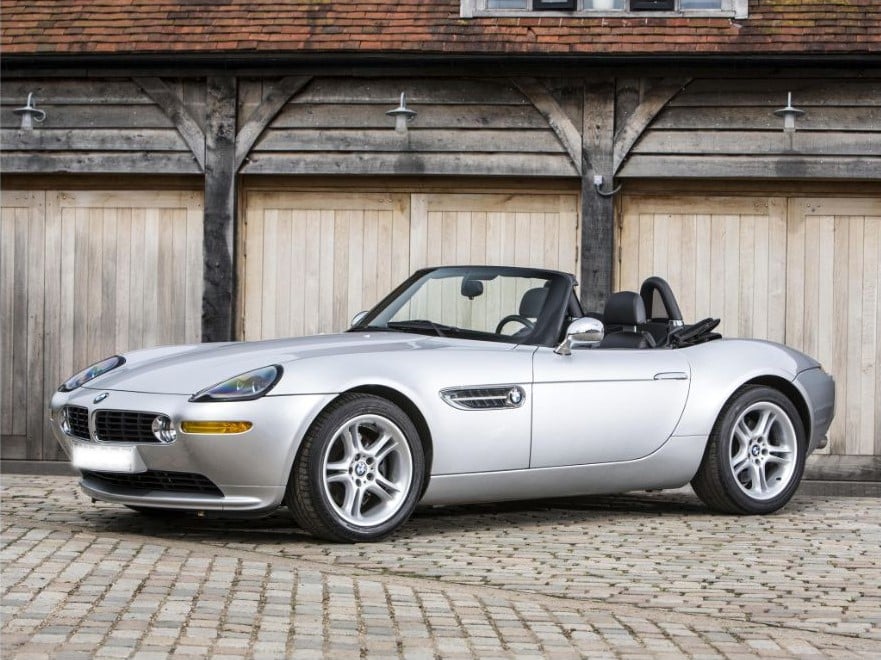Retro-futurism is an immensely interesting design style in the automotive industry. It is always amazing to see well-known shapes from the past reinvented for the modern era. However, most such cars ended up kind of lost in the process. The original Mini was a tiny and affordable car, but its modern recreation is much bigger and quite expensive. But, there was one car that perfectly recreated the original concept and improved the timeless shape of the old model. Yes, we are talking about the iconic and sublimely elegant BMW Z8, which is probably the best “love letter” to the classic predecessor ever made.
The circumstances regarding the birth of the original BMW 507 are well known. The company was under a financial strain, thinking that the expensive roadster would provide them with enough money to stabilize the situation. Of course, the plan backfired, and only 242 cars were made, with BMW losing money on each one built. However, the situation was completely different when the BMW Z8 was conceived. During the ’90s, BMW was at its peak with a perfect lineup of top-rated models, recognizable design, and quality tech, occupying a special place on the market and in enthusiasts’ hearts. In the BMW lineup, there was always the place for a unique and high-class model which was intended for well-off brand fanatics, and through the ’80s, it was the first M6, while the ’90s got sublime 8-Series coupe. For the new millennium, BMW product planers pay homage to the company’s most beautiful car, the legendary 507, and remind the world of how iconic and gorgeous this car really is. This time, it wasn’t about making money; it was about making a statement.

The development started in the mid-’90s with BMW design legends Chris Bangle and Henrik Fisker responsible for interior and exterior design. The idea was to recreate the 507 shape without directly copying the details, except for almost identical site vents. The overall design was totally modern but with classic proportions and a very interesting dashboard layout. Designers managed to create a steering wheel with an obligatory airbag that looked like it was from the 50s. The clean dash with centrally mounted instruments was utterly opposite to what the late ’90s ergonomics was about.
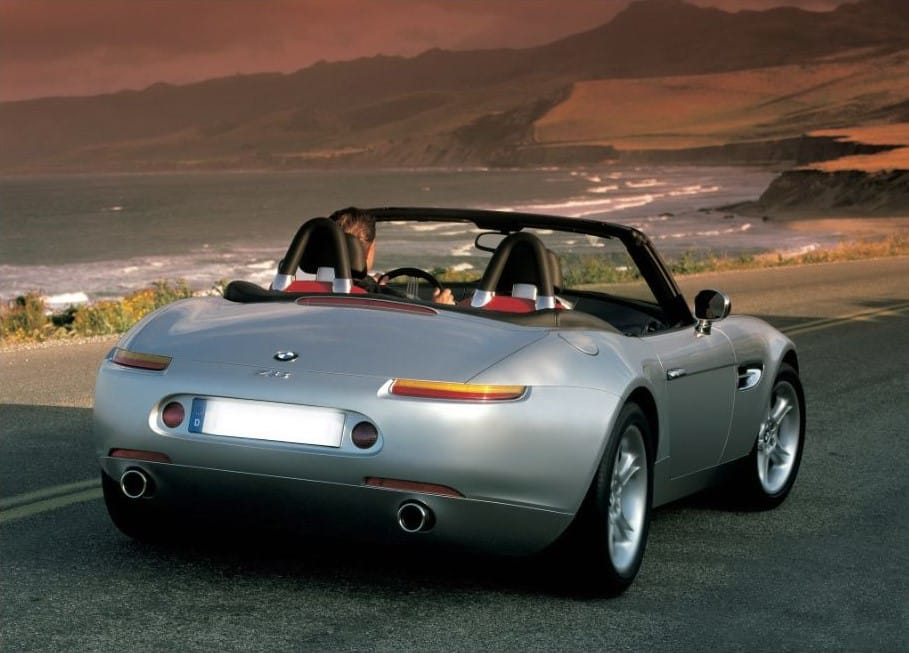
Underneath the sensual body was the aluminum spaceframe which was produced in one factory but finished in another, resulting in an expensive and time-consuming production process. Interestingly, BMW decided to use its most powerful road-going engine, a 4.9-liter V8 known as the S62. This high-revving unit delivered 400 hp to the rear wheels through a 6-speed manual in true classic fashion. The exciting part is that this engine was from the then-current E39 M5, one of the very few times in BMW history that the company decided to put the M engine into a non-M car. It just shows how eager BMW was to make the Z8 a fantastic machine. With 0 to 60 mph in 4.2 seconds and a top speed of 180 mph (when the electronic limiter was removed), the Z8 was amongst the fastest sports cars of the era.
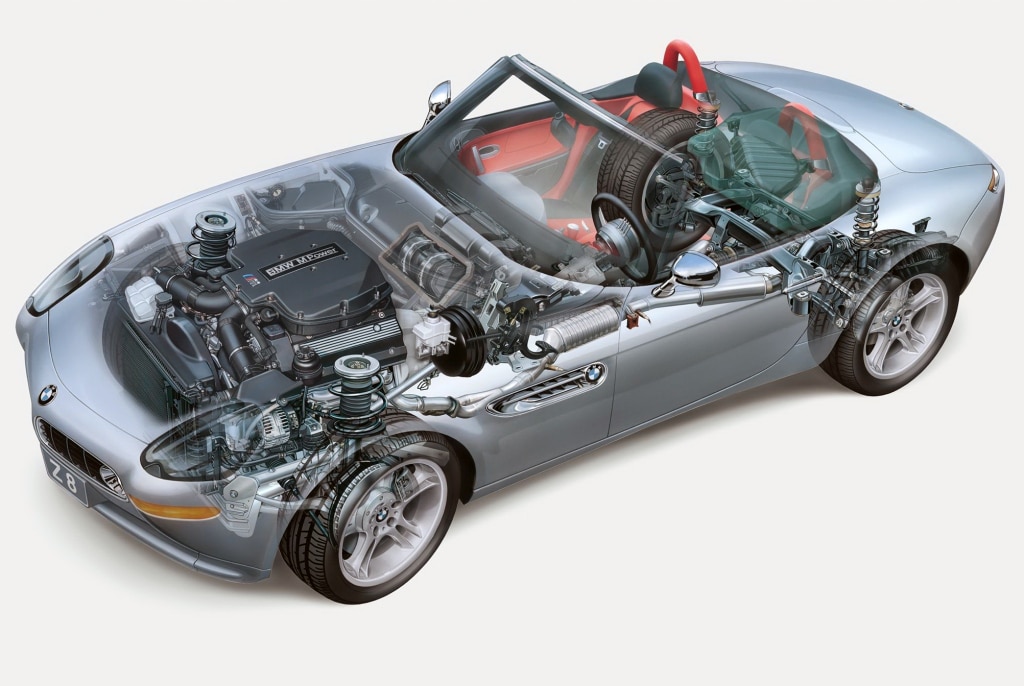
When the car officially debuted in 1998, the audience was stunned not just by the share beauty of the design and how well the original vehicle was recreated but also by its performance and numerous exciting details. For example, BMW used the concept of “intuitive ergonomics,” which reduced the number of stokes and buttons in the interior and raised the number of functions for each of them. This made the interior very clean and uncluttered. The rear lights weren’t Halogen or LED; they were real neon stripes that shone brighter and turned on faster than anything conventional. Each vehicle was delivered with color matching hard-top, which complemented the design and looked rather good. The sales started in 1999, and the base price was pretty high, $128,000 (around $220,000 in 2022, adjusted for inflation).
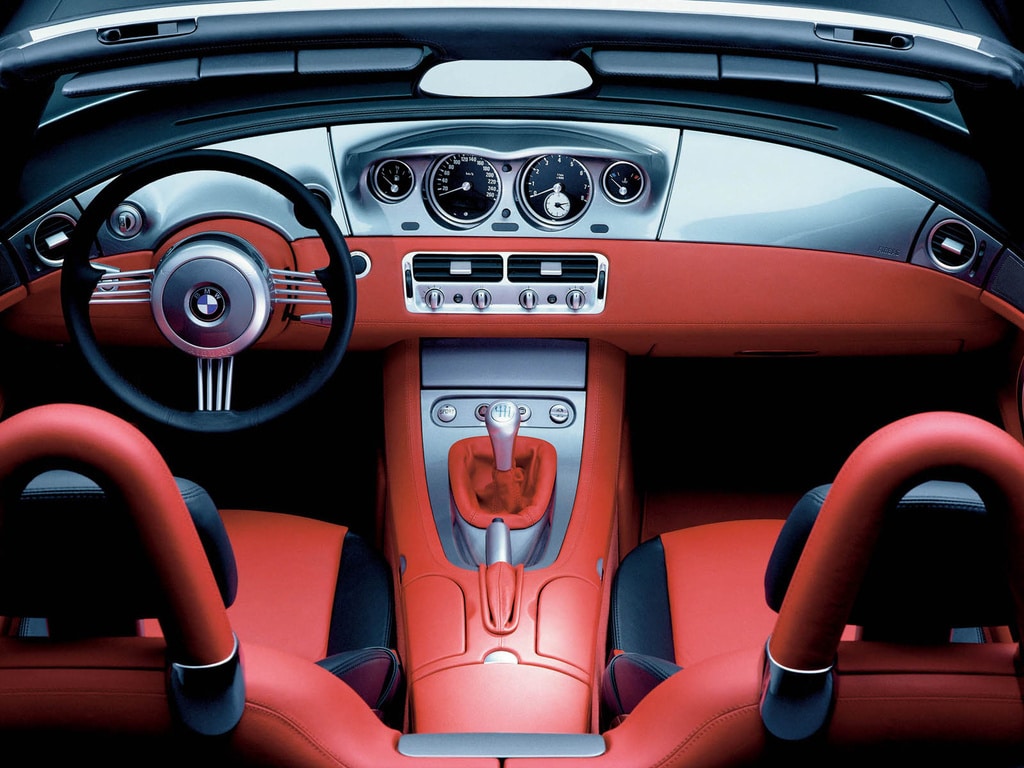
BMW knew that such expensive and specific cars would not sell in significant numbers, but that was not the point. The point was to create an ultimate BMW which ideally connects the past and the future (the Z stands for Zukunft – future in German) and compiles all the best BMW features, design, and technology. Even though the Z8 attracted quite a few customers and was the star of the James Bond movie “The World is Not Enough,” BMW decided to pull the plug after less than four years on the market. The BMW Z8 production was exactly 5,148 cars.
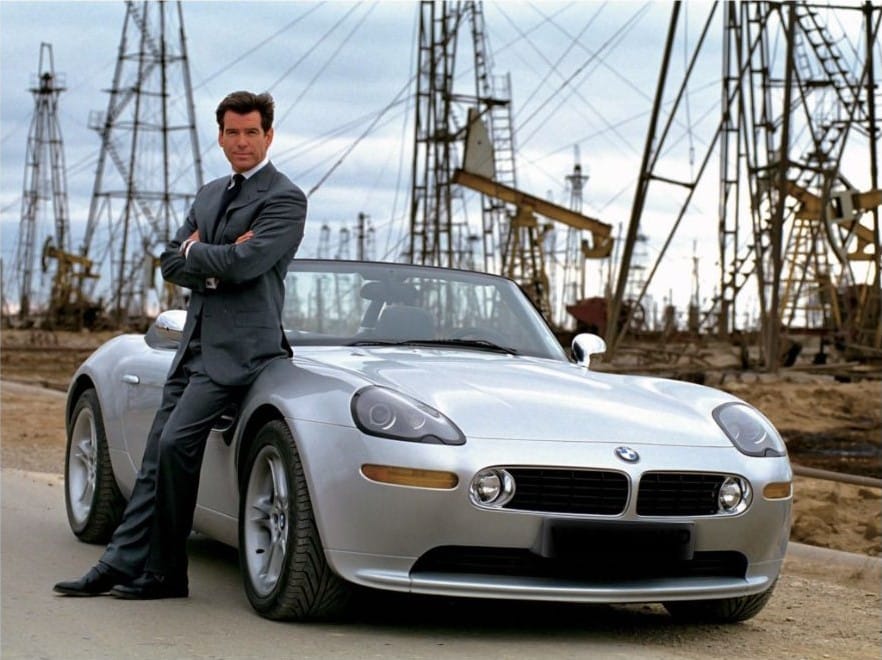
However, this was not the end for BMW Z8. Although the company discontinued the model, the Alpina, BMW’s venerable tuner and partner, introduced its own model called simply Alpina Roadster V8. It was a Z8 but thoroughly changed and engineered for more comfort. First of all, the S62 engine was gone, and instead, the regular production 4.4-liter block was used. After the Alpina’s treatment, the displacement grew to 4.8 liters and produced a healthy 375 hp. In true Alpina fashion, the automatic gearbox was used to emphasize effortless cruising abilities and a luxury approach. Alpina produced exactly 555 Roadster V8s with unique colors, wheels, and model designation. That makes the overall production of BMW Z8 to 5,703 examples (including the Alpina models).
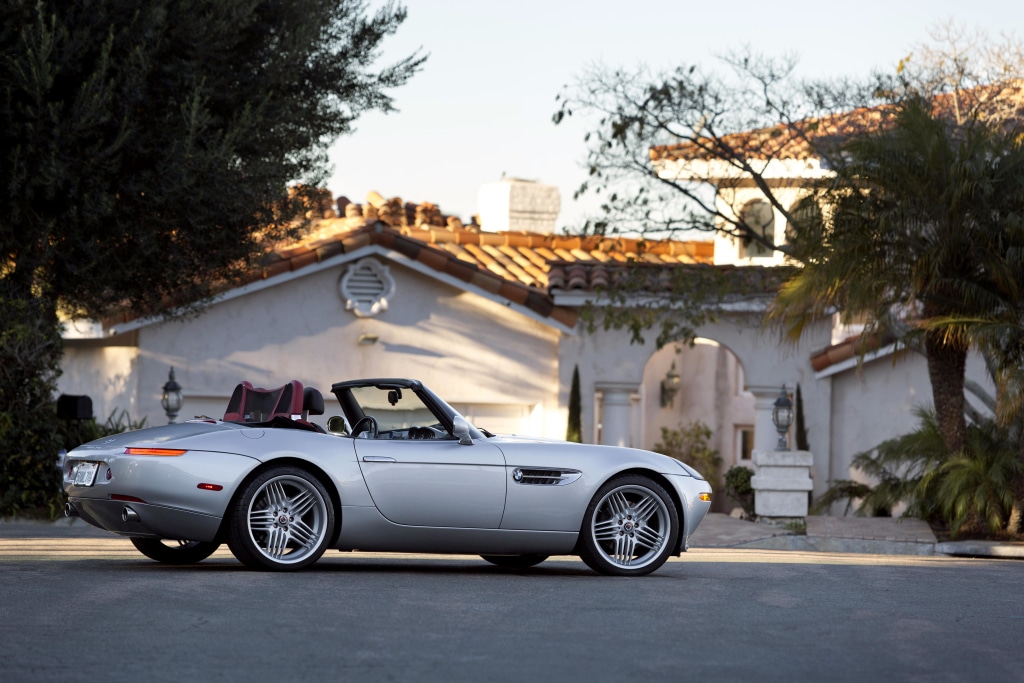
Twenty years after the end of the BMW Z8 production, this model hasn’t lost anything from its appeal, exclusivity, or charm. Timeless elegance, high-performance engine, and still, more than convincing performance make this one of the most desirable modern BMWs. Those who are lucky enough to own this masterpiece of retro-futurism will be glad to hear that prices of well-preserved examples are constantly on the rise.



